Urinalysis is one of the most common and informative laboratory tests. It is not surprising that it is prescribed for the diagnosis of various diseases, as part of preventive medical examinations. The indicators that are studied here give an idea of both the state of the urinary tract and kidneys, and the presence of inflammatory processes, their nature, and help identify common diseases.
What are the causes of poor urine tests in women? What does this or that deviation from normal indicators mean? What can be judged by the color and transparency of the collected urine? We will discuss these and other topics below.
Color
If we turn to the norms of urine analysis in women, we will see that the color of urine should be in the range from light straw to amber. It is determined by the blood pigments contained in the liquid, the concentration of other substances dissolved in it.
If a person drinks a lot of fluids, then, accordingly, the color of his urine will be lighter. In this case, morning urine is somewhat darker than daytime, evening, which is associated with nighttime abstinence from urination.
It is important to note that many foods and medicines can change the color of urine, so deviations from the normal color are also not pathological. For example, cephalosporins can stain urine almost in a light red hue, sulfonamides in brown, riboflavin in bright yellow.
But there are pathological reasons for a poor urine test in women:
- Brown, yellow-green, beer color. Diseases of the gallbladder and liver.
- Dirty red color. Kidney disease. Color indicates the presence of blood in the urine.
- Milky white. The concentration of phosphates and fats in the body is high.
- Almost black color. It is observed with the destruction of red blood cells and hemolytic anemia.
- Almost colorless urine. Indicates polyuria, pyelonephritis, diabetes and diabetes insipidus.
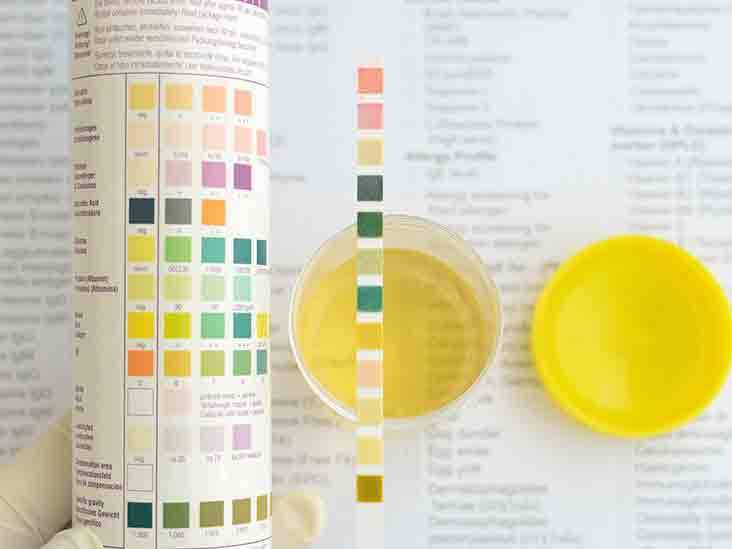
Transparency
According to the norms of urine analysis in women, urine should be transparent. If it is stored for several hours, the formation of sediment is allowed.
If the urine is cloudy for several days, this indicates inflammatory processes in the body. Urine becomes cloudy due to the high content of red blood cells, white blood cells, salts, epithelial cells and dead bacteria.
Specific gravity
This characteristic is one of the most important when analyzing urine. The specific gravity indicates the specific gravity of the fluid, reflects how well the kidneys filter the blood.
Normal indicators:
- In adults: 1012-1025.
- In children: 1004-1005.
During the day, this figure varies depending on the amount of water consumed and food eaten.
Diagnostic criterion: the presence in the urine of glucose and protein, which exceeds the specific gravity of urine.
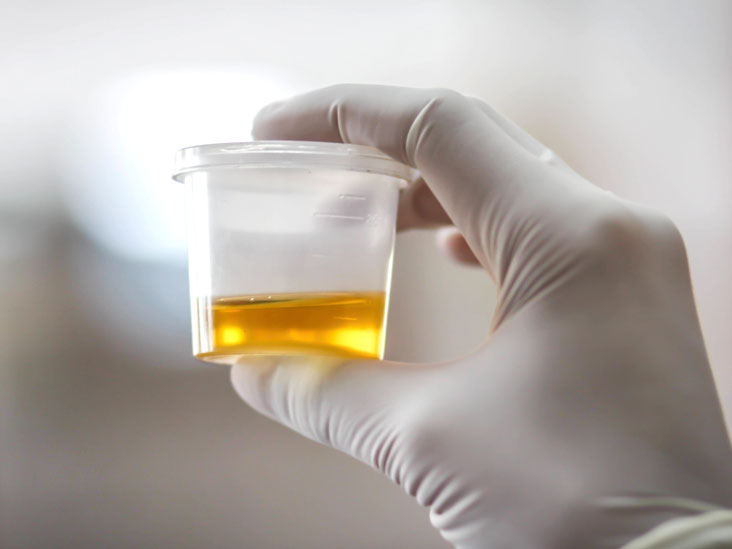
pH reaction
Normally, the urine of an adult will have a neutral or weakly acid reaction. I must say that the pH of urine also depends on the human diet. If he feeds mainly on plant foods, the reaction will shift towards alkaline (up to 8.0). If he prefers animal protein, the reaction is more acidic (about 4.5).
An acidic environment is more favorable for the propagation of pathogenic microflora. Why urine acidification often indicates the development of inflammatory processes in the body.
Proteins (protein)
Protein in the urine. What does this indicator mean? Normally, there should be no protein at all in the urine. But if on the eve of collecting urine there was serious physical activity or a person ate raw protein foods (milk, raw eggs), then increasing this indicator to 0.033 g / l would be non-pathological. The content of a certain amount of protein in the urine of the newborn is not alarming.
In other cases, proteinuria (the presence of protein in the urine) indicates inflammatory processes in the kidneys, tumor formations and other severe conditions of the body.
The cause of poor urinalysis in women in this case may be pregnancy. Here the protein content in urine is normal. But still, in the first trimester, this is the reason to suspect an obvious or latent pathology of the kidneys. Protein in urine in 2-3 semesters in large quantities is a symptom of gestosis. A woman should be urgently hospitalized.
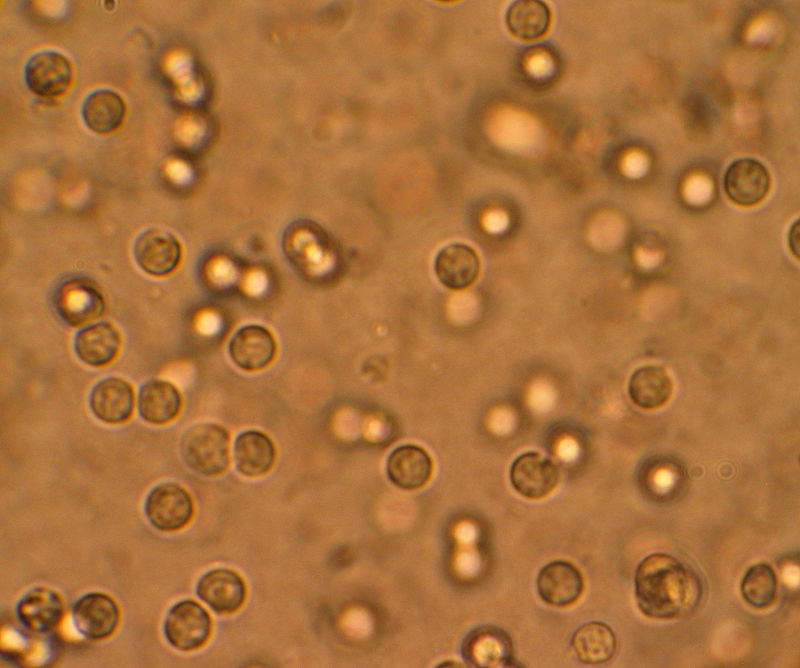
Glucose
Normally, human urine does not contain sugar. A small amount of glucose is allowed if on the eve the patient ate a lot of sweets. However, a second test is required here even with abstinence from sweets.
The cause of sugar in a woman’s urine is diabetes. The filtering ability of the kidneys has its limits. If the blood glucose content exceeds normal values twice, then excess sugar will be excreted in the urine. To verify the diagnosis, the patient is prescribed a blood test for glucose.
Ketone bodies
Normally, there is no acetone in the urine (ketone bodies). Ketone bodies are formed during the breakdown of fats, indicating impaired metabolism. Since the body normally draws energy from glucose coming with food. Or glycogen in its deficiency. Even when the reserves of glycogen in the liver are exhausted, the body begins to generate energy from fat stores.
The specific smell of urine testifies to this process - it gives off acetone. As for children, their ketone bodies in urine can be detected with exhaustion or intense physical exertion. If ketone bodies are found along with elevated glucose levels, this indicates the development of diabetes.
The reason for poor urinalysis in women in this category may also be food poisoning, diarrhea. In the sheet with the results of the analysis opposite to “ketone bodies” you can see different combinations:
- "+" is a slightly positive result.
- "++" or "+++" is a positive result.
- "++++" is a dramatically positive result.
Accordingly, the more advantages, the higher the concentration of acetone in the urine.
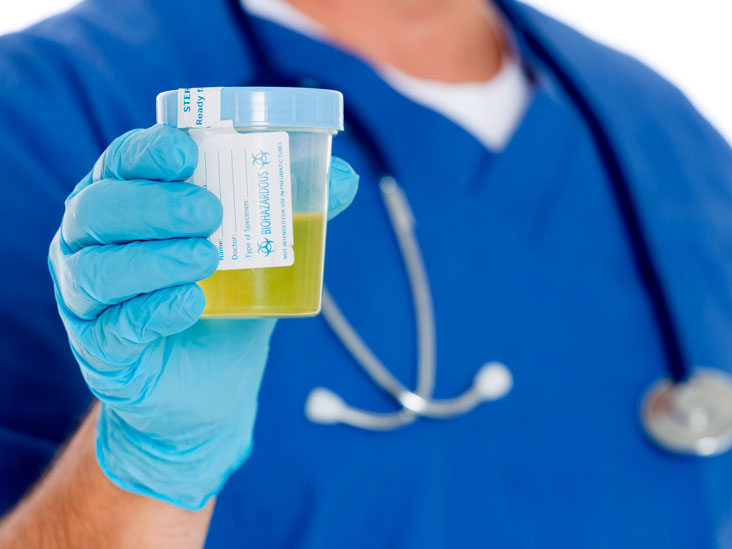
Bilirubin, urobilin
Bilirubin and urobilin are the names of bile pigments. The reason for the presence of bilirubin in the urine is the severe pathological processes that occur in the liver, disrupting the structure of its tissues. In particular, cirrhosis, hepatitis, cancer. Often, elevated bilirubin levels persist after surgery on this organ and biliary tract.
Normally, only a small concentration of urobilinogen (also bile pigment) is allowed - not more than 17 μmol / L. Its amount may increase with increased decay of red blood cells. It is caused by various diseases. But to a greater extent - infections.
Hemoglobin
The presence of hemoglobin is the presence of red blood pigment in urine. If it is observed in large quantities, this indicates hemolysis in the vessels of red blood cells. In the case when the pigment is in the urine after the breakdown of red blood cells, there will be no sediment. The urine will be a homogeneous "lacquer" dark red color.
The destruction of red blood cells in the vessels is a serious pathological condition. It is observed during transfusion of incompatible blood, severe burns and injuries, poisoning with potent toxins, malignant tumors.
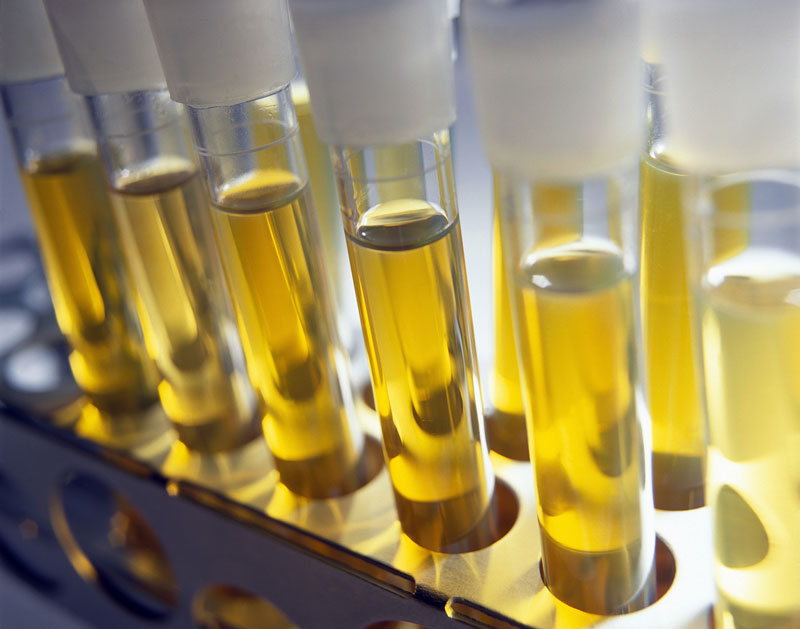
Epithelium
If the flat epithelium in the woman’s urine is elevated, what does this fact indicate? Epithelial cells are constantly updated and desquamated throughout life. Those epithelial cells that line the urinary tract, respectively, will be excreted along with urine. Therefore, single epithelial inclusions in urine will be the norm.
But if the amount of transitional or flat epithelium in the woman’s urine is increased, this indicates a disease of the genitourinary system. But if particles of kidney epithelium are found in urine, one can judge inflammation of the kidney tissues, circulatory disorders in these organs or poisoning of the body.
White blood cells
The presence of white blood cells in urine is not pathological. The norm for men is 0-3. The norm for women is 0-5. If this volume is exceeded, then the doctor may suspect leukocyturia - inflammation of the organs of the urinary system.
The more leukocytes are found, the more intensively, on a large scale the inflammatory process develops. If there are a lot of them, there is reason to talk about pus in the urine. The most severe degree of inflammation.
It should be noted that the increased content of leukocytes in the urine in women often has nothing to do with pathological processes. Can be observed with improper collection of urine for analysis.
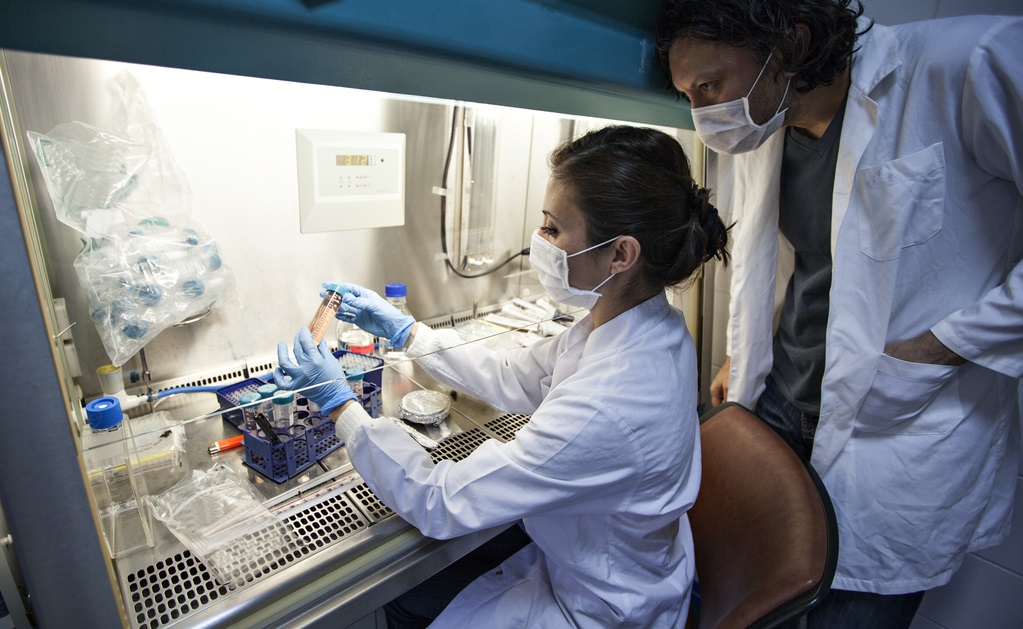
Red blood cells
The presence of red blood cells in the urine of women is not pathological. Normally, their amount in the urine of a healthy person is 1-2. If more, then microhematuria is suspected. If the urine is colored pinkish or even reddish, this indicates a macrohematuria.
Fresh and unchanged red blood cells can be found in urine with a slightly acidic or neutral pH. If this reaction is acidic, then the red blood cells will discolor. Then they talk about leached red blood cells.
If red blood cells got into urine from the renal vessels, this is further indicated by the content of protein and cylinders in urine. Note that for a short time the level of red blood cells in the urine can be exceeded with severe trauma, significant physical exertion.
Salt
Salts in the urine of a woman are often not a deviation from the norm. It all depends on the condition of the patient, the reason for which she was assigned the analysis. Therefore, its decryption is still trusted by a specialist, and not carried out independently.
In addition, it is necessary to highlight the phenomenon of urate in the urine of a woman. These are soluble potassium and sodium salts found in uric acid. With the appearance of these inclusions in the urine, uraturia or uric acid diathesis is associated.
These are stones (by their nature - uric acid salts) of a light yellow or reddish hue. They have a rounded shape, rough. Their education leads to a love of strong tea, spicy cheeses, spinach, tomatoes, smoked products, excessive consumption of meat and offal. Causes urate formation and alcohol abuse. Uric acid diathesis can provoke constant stressful situations, a hereditary predisposition, past pathologies - hepatitis, pyelonephritis, pancreatitis.
In pregnant women, another reason for the formation of urates is isolated - toxicosis, as a result of which dehydration of the body often occurs. Uraturia in women can also provoke an infectious disease of the genitourinary system.
If the nature of the pathology is infectious, then the doctor prescribes treatment against the causative agents of the disease. In all cases, the main component of the treatment will be diet, exclusion of harmful products from the diet, stabilization of the water regime.
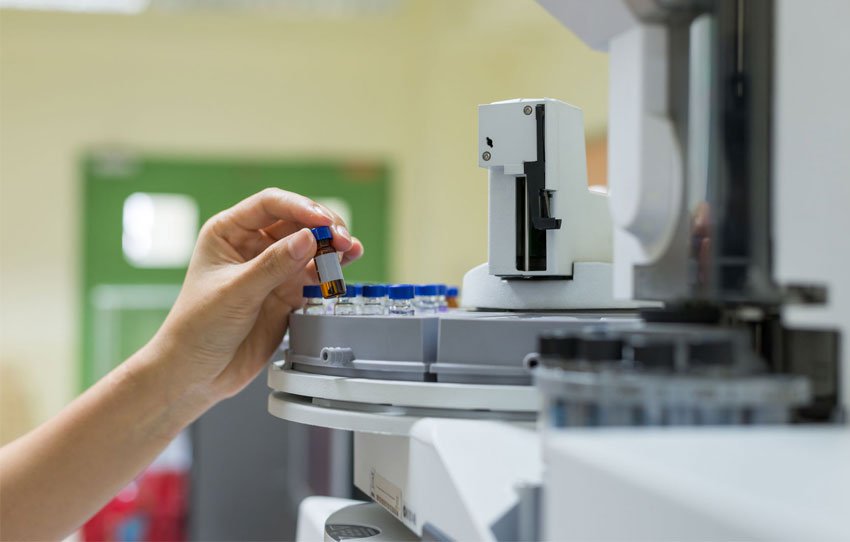
Slime
Normally, a small amount of mucus in urine is also acceptable. But an excess of this indicator indicates the presence of stones in the kidneys or bladder.
However, in relation to women, this indicator can not always be called pathological: mucus can enter the urine and from the genital tract. However, if the values of this indicator are increased, this indicates the development of inflammatory processes in the genitourinary system.
As you have seen, each of the deviations from the norm in the analysis of urine indicates a specific pathology, illness or improper lifestyle. Sometimes a single urinalysis is not enough to make a diagnosis. Research only gives reason to suspect any disease. Therefore, additional diagnostics are necessarily assigned.